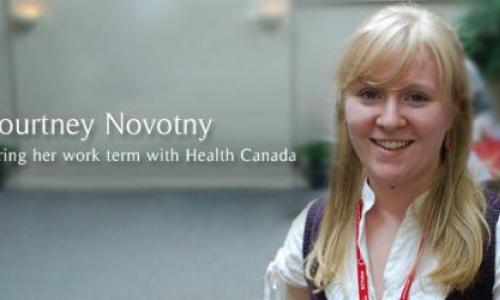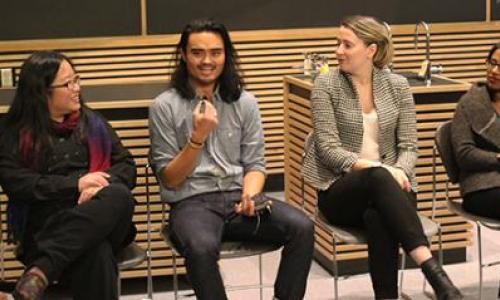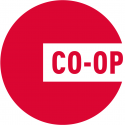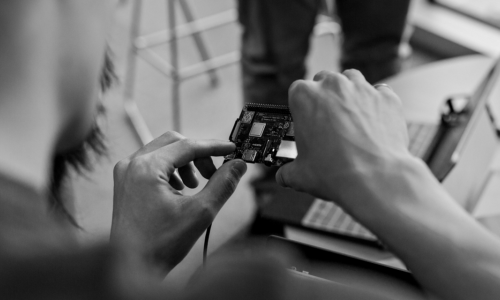
There are many factors that go into picking the right place to work. Luckily, software is becoming more and more prevalent in every industry, so there are many more possible domains to work in, and the list is growing all the time. When I’m considering a place to work, I’ve learned to think about three major aspects: the company’s product domain, the cultural fit, and the technical fit.
1. The Company’s Product Domain
The company’s product domain includes what kinds of products they make (usually software, in computing science) and who the audience is. I can further break this down into two questions: Am I interested in working on this company’s products? Am I interested in using this company’s products? I have many academic interests – things that I enjoy working on and learning about – but some of these are not things that I get excited about using. For example, I’m interested in learning more about cryptography and artificial intelligence, so I would be interested in working on something that involves these topics. Unfortunately, the thought of using a product that involves cryptography doesn’t make me particularly excited. On the other hand, using a product that involves artificial intelligence does excite me, because a big part of that field is interacting with the artificial intelligence (AI) to see how it responds. I believe the best case is when I can find a job where I want to learn how the company’s products work and I can also see myself using them. This is a big part of why I enjoyed my terms with Electronic Arts. While working there, I got some really neat insight into how video games are made. At the same time, I’ve been an avid gamer since before I even started grade school, so the finished products are often something that I can see myself playing. Work is much more fulfilling when you are contributing to something you actually want to see created.
2. Cultural Fit
The second aspect to consider is the cultural fit. Different places will attract different kinds of people with different interests and skills. Unfortunately, this can often be difficult to gauge without already having worked for a company. The first place to gain insight is during an interview with the company when given the opportunity to ask questions of your own. Another way is to think about all of the disciplines the company operates in. For example, SAP develops web enterprise software, and a big part of that is security. When I worked there during co-op, I met many people who were interested in business and software security. Those are interests that we had in common, so I was able to learn a lot about those topics from speaking with co-workers. Electronic Arts tend to attract entirely different people. It’s a video game company, so it’s no surprise that most of the people I’ve spoken with really enjoy playing many types of games. I also had the chance to take a close look at many other parts of the games industry, such as art. It turned out to be a great cultural fit. When considering jobs, always think about the types of people the job might attract, and think about whether you would likely have many interests in common.
3. Technical Fit
The third and final aspect is the technical fit. This is about considering the skills you already have, the skills required by the job, and the skills that you stand to gain from accepting the job. If there’s one thing I learned about technical fit, it’s that forcing yourself out of your comfort zone makes things much more difficult in the short run but has grand benefits in the long run. When I started my co-op terms with SAP, I began as a tester on web enterprise software products with zero knowledge of databases, security, basic authentication, web development or automated testing. I had to force myself to put in the extra time to learn about many of these topics before I could even begin to figure out how a feature was designed or why it was not working as intended. But after I finished those terms, I was able to add quite a bit to my resume, and I had a lot more material to discuss in interviews as well. The question to ask for technical fit is “In the long run, will my time with this company be well-spent?” If you already fulfill all of the requirements for a position, then chances are you’ll breeze through the job but you probably won’t leave it much better off than when you began.
In my opinion, the ideal job is one is when you learn as much as possible from your work, where it’s easy to learn from your co-workers and find common interests with them, and where you are interested not only in working on the company’s products, but also personally using them. I hope my approach to finding the right job will also help you find your own. Happy hunting!
Beyond the Blog
- Learn more about Electronic Arts from their website, here.
















